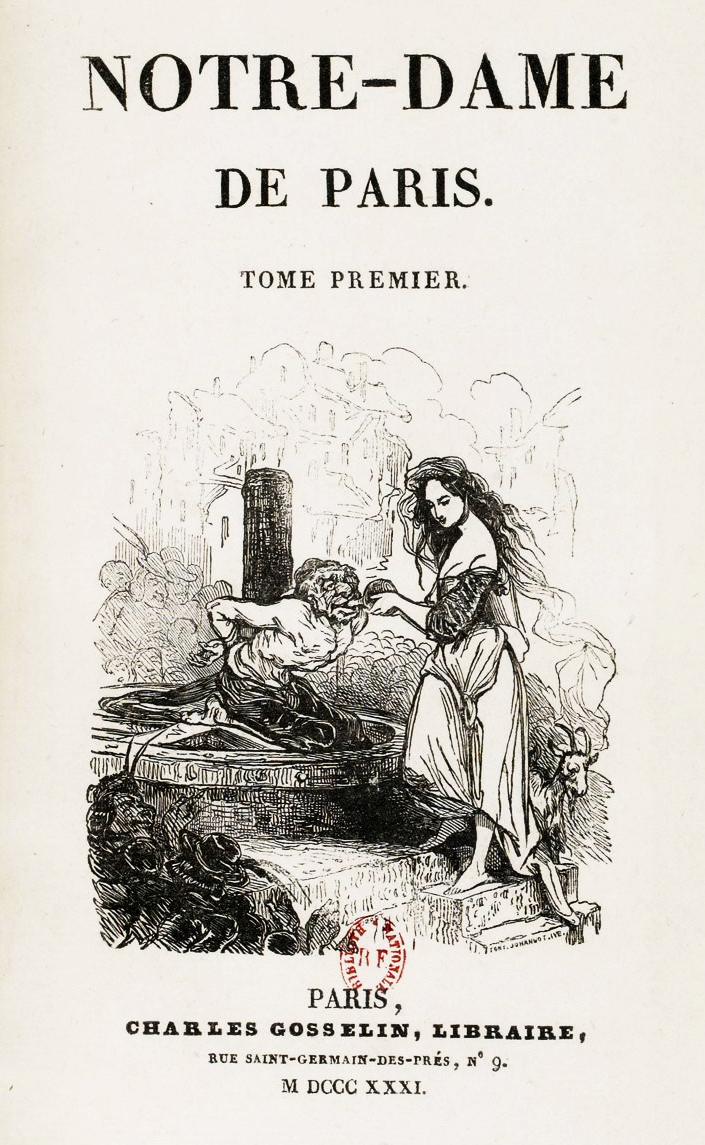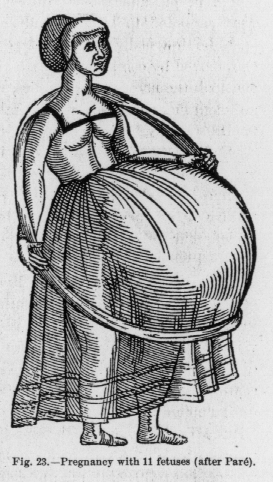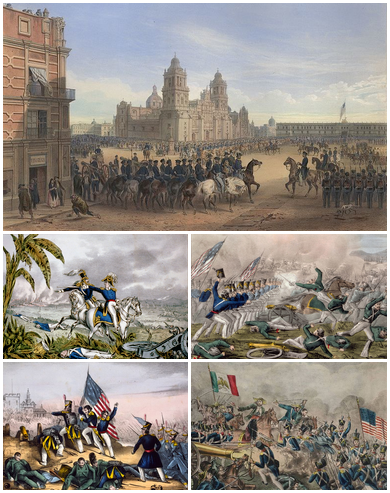|
The Two Dianas
''The Two Dianas'' () is a historical novel published in 1846–1847 under the name of Alexandre Dumas but mostly or entirely written by his friend and collaborator Paul Meurice. The "two Dianas" of the title refer to Diane de Poitiers (the mistress of Henry II) and her supposed daughter, Diana de Castro. The novel's setting precedes Dumas's better-known "Valois trilogy." The principal character is Gabriel, comte de Montgomery Gabriel de Lorges, Count of Montgomery, Lord of Lorges and Ducey (5 May 153026 June 1574), was a French nobleman of Scottish extraction and captain of the Scots Guard of King Henry II of France. He is remembered for mortally injuring Henry II i ...; other characters include Martin Guerre, Catherine de Médicis, and Ambroise Paré. When Meurice later published a dramatisation of the novel, a letter supposedly written by Dumas was attached as a preface, stating that he had never even read the book and that Meurice was the real author. Nevertheless, it ... [...More Info...] [...Related Items...] OR: [Wikipedia] [Google] [Baidu] |
Historical Novel
Historical fiction is a literary genre in which a fictional plot takes place in the setting of particular real historical events. Although the term is commonly used as a synonym for historical fiction literature, it can also be applied to other types of narrative, including theatre, opera, cinema, and television, as well as video games and graphic novels. An essential element of historical fiction is that it is set in the past and pays attention to the manners, social conditions and other details of the depicted period. Authors also frequently choose to explore notable historical figures in these settings, allowing readers to better understand how these individuals might have responded to their environments. The historical romance usually seeks to romanticize eras of the past. Some subgenres such as alternate history and historical fantasy insert intentionally ahistorical or speculative elements into a novel. Works of historical fiction are sometimes criticized for lack ... [...More Info...] [...Related Items...] OR: [Wikipedia] [Google] [Baidu] |
Alexandre Dumas
Alexandre Dumas (born Alexandre Dumas Davy de la Pailleterie, 24 July 1802 – 5 December 1870), also known as Alexandre Dumas , was a French novelist and playwright. His works have been translated into many languages and he is one of the most widely read French authors. Many of his historical novels of adventure were originally published as serial (literature), serials, including ''The Count of Monte Cristo'', ''The Three Musketeers'', ''Twenty Years After'' and ''The Vicomte of Bragelonne: Ten Years Later''. Since the early 20th century, his novels have been adapted into nearly 200 films. Prolific in several genres, Dumas began his career by writing plays, which were successfully produced from the first. He wrote numerous magazine essay, articles and travel books; his published works totalled 100,000 pages. In the 1840s, Dumas founded the Théâtre Historique in Paris. His father, General Thomas-Alexandre Dumas, Thomas-Alexandre Dumas Davy de la Pailleterie, was born in the ... [...More Info...] [...Related Items...] OR: [Wikipedia] [Google] [Baidu] |
Paul Meurice
Paul Meurice (5 February 1818 – 11 December 1905) was a French novelist and playwright best known for his friendship with Victor Hugo. Biography Meurice was born and died in Paris. In 1836, aged eighteen, he was introduced to Hugo by his friend Auguste Vacquerie, and soon became a devoted follower. He had literary ambitions and embarked on a career as playwright. In 1848, Hugo made him the editor-in-chief of a journal he had just founded, called ''L'Événement''. (This resulted in Meurice's imprisonment in 1851, during Hugo's exile.) Their friendship was very deep: the poet was a witness at Meurice's marriage to Palmyre Granger, daughter of the painter Jean-Pierre Granger. During the twenty years of Hugo's exile, Meurice looked after the financial and literary interests of the proscribed writer. He meanwhile continued his own literary career, publishing novels, some in collaboration with Alexandre Dumas, for whom he would also ghost-write. He adapted ''Notre-Dame de Pari ... [...More Info...] [...Related Items...] OR: [Wikipedia] [Google] [Baidu] |
Diane De Poitiers
Diane de Poitiers (9 January 1500 – 25 April 1566) was a French noblewoman and courtier who wielded much power and influence as King Henry II of France, Henry II's Maîtresse-en-titre, royal mistress and adviser until his death. Her position increased her wealth and family's status. She was a major patron of French Renaissance architecture. Early life Diane de Poitiers was born on 9 January 1500, in the Château de Saint-Vallier, Drôme, France. Her parents were Jean de Poitiers, Seigneur de Saint Vallier, and Jeanne de Batarnay. She became a keen athlete, and frequently went riding and swimming for exercise. When still a girl, Diane was briefly in the retinue of Princess Anne of France, Anne de Beaujeu, King Charles VIII of France, Charles VIII's eldest sister who skillfully held the regent, regency of France during his minority. Like her fellow charges, Diane was educated according to the principles of Renaissance humanism, including Greek language, Greek and Latin, rhetoric, ... [...More Info...] [...Related Items...] OR: [Wikipedia] [Google] [Baidu] |
Henry II Of France
Henry II (; 31 March 1519 – 10 July 1559) was List of French monarchs#House of Valois-Angoulême (1515–1589), King of France from 1547 until his death in 1559. The second son of Francis I of France, Francis I and Claude of France, Claude, Duchess of Brittany, he became Dauphin of France upon the death of his elder brother Francis III, Duke of Brittany, Francis in 1536. As a child, Henry and his elder brother spent over four years in captivity in Spain as hostages in exchange for their father. Henry pursued his father's policies in matters of art, war, and religion. He persevered in the Italian Wars against the House of Habsburg, Habsburgs and tried to suppress the Reformation, even as the Huguenots, Huguenot numbers were increasing drastically in France during his reign. Under the April 1559 Peace of Cateau-Cambrésis which ended the Italian Wars, France renounced its claims in Italy, but gained certain other territories, including the Pale of Calais and the Three Bishoprics ... [...More Info...] [...Related Items...] OR: [Wikipedia] [Google] [Baidu] |
Diana De Castro
Diane de France, ''suo jure'' Duchess of Angoulême (25 July 1538 – 11 January 1619) was the illegitimate daughter of Henry II of France and his Italian lover Filippa Duci. She played an important political role during the French Wars of Religion and built the Hôtel d'Angoulême in Paris. She was the favorite of her half-brother, Henry III of France. Birth and early life Born 25 July 1538, Diane de France was the illegitimate daughter of eighteen-year-old dauphin Henry and Filippa Duci (), the daughter of a minor Italian nobleman of Fossano in the Piedmont. Her father was in Moncalieri in northern Italy on a military campaign.Mariéjol 1920, p. 37 [...More Info...] [...Related Items...] OR: [Wikipedia] [Google] [Baidu] |
Gabriel, Comte De Montgomery
Gabriel de Lorges, Count of Montgomery, Lord of Lorges and Ducey (5 May 153026 June 1574), was a French nobleman of Scottish extraction and captain of the Scots Guard of King Henry II of France. He is remembered for mortally injuring Henry II in a jousting accident and subsequently converting to Protestantism, the faith that the Scots Guard sought to suppress. He became a leader of the Huguenots. In French-language contexts, his name is spelled Montgommery. Career On 30 June 1559, during a jousting match to celebrate the Peace of Cateau Cambrésis between Henry II and his longtime Habsburg enemies, and two major marriages, namely that of Marguerite, the king's sister, with the Duke of Savoy Emmanuel-Philibert, and that of Elisabeth, the king's eldest daughter, with Philip II, king of Spain, a splinter of wood from Montgomery's shattered lance pierced Henry's eye and entered his brain, fatally injuring him. From his deathbed Henry absolved Montgomery of any blame, before dying ... [...More Info...] [...Related Items...] OR: [Wikipedia] [Google] [Baidu] |
Martin Guerre
Martin Guerre (), a French peasant of the 16th century, was at the centre of a famous case of imposture. Several years after Martin Guerre had left his wife, child and village, a man claiming to be him appeared. He lived with Guerre's wife and son for three years. The false Martin Guerre was eventually suspected of the impersonation. He was tried, discovered to be a man named Arnaud du Tilh and executed. The real Martin Guerre had returned during the trial. The case continues to be studied and dramatised to this day. The story was published many times and was spread throughout Europe. Historical account Life before leaving his wife Martin Daguerre was born around 1524 in the Basque town of Hendaye. In 1527, his family moved to the village of Artigat in the Pyrenees of southwestern France. They changed their name to Guerre. When he was about fourteen years old, Martin married Bertrande de Rols, the daughter of a well-off family. The marriage was childless for eight year ... [...More Info...] [...Related Items...] OR: [Wikipedia] [Google] [Baidu] |
Catherine De Médicis
Catherine de' Medici (, ; , ; 13 April 1519 – 5 January 1589) was an Italian Florentine noblewoman of the Medici family and Queen of France from 1547 to 1559 by marriage to King Henry II. She was the mother of French kings Francis II, Charles IX, and Henry III. She was a cousin of Pope Clement VII. The years during which her sons reigned have been called "the age of Catherine de' Medici" since she had extensive, albeit at times varying, influence on the political life of France. Catherine was born in Florence to Lorenzo de' Medici, Duke of Urbino, and Madeleine de La Tour d'Auvergne. In 1533, at the age of 14, Catherine married Henry, the second son of King Francis I and Queen Claude of France, who would become Dauphin of France (heir to the throne) upon the death of his elder brother Francis in 1536. Catherine's marriage was arranged by Clement VII. Henry largely excluded Catherine from state affairs during his reign, instead sho ... [...More Info...] [...Related Items...] OR: [Wikipedia] [Google] [Baidu] |
Ambroise Paré
Ambroise Paré (; – 20 December 1590) was a French barber surgeon who served in that role for kings Henry II, Francis II, Charles IX and Henry III. He is considered one of the fathers of surgery and modern forensic pathology and a pioneer in surgical techniques and battlefield medicine, especially in the treatment of wounds. He was also an anatomist, invented several surgical instruments, and was a member of the Parisian barber surgeon guild. In his personal notes about the care he delivered to Captain Rat, in the Piémont campaign (1537–1538), Paré wrote: ''Je le pansai, Dieu le guérit'' ("I bandaged him and God healed him"). This epitomises a philosophy that he used throughout his career. These words, inscribed on his statue in Laval, are reminiscent of the Latin adage '' medicus curat, natura sanat'', "The physician cures, nature heals". Early life Paré was born in 1510 in Bourg-Hersent, later incorporated into Laval, then part of the province of Maine, in nor ... [...More Info...] [...Related Items...] OR: [Wikipedia] [Google] [Baidu] |
1846 French Novels
Events January–March * January 5 – The United States House of Representatives votes to stop sharing the Oregon Country with the United Kingdom. * January 13 – The Milan–Venice railway's bridge, over the Venetian Lagoon between Mestre and Venice in Italy, opens, the world's longest since 1151. * January 23 – Ahmad I ibn Mustafa, Bey of Tunis, declares the legal abolition of slavery in Tunisia. * February 4 – Led by Brigham Young, many Mormons in the U.S. begin their migration west from Nauvoo, Illinois, to the Great Salt Lake in what becomes Utah. * February 10 – First Anglo-Sikh war: Battle of Sobraon – British forces in India defeat the Sikhs. * February 18 – The Galician Peasant Uprising of 1846 begins in Austria. * February 19 – Texas annexation: United States president James K. Polk's annexation of the Republic of Texas is finalized by Texas president Anson Jones in a formal ceremony of transfer of sovereignty. The newly formed Texas state g ... [...More Info...] [...Related Items...] OR: [Wikipedia] [Google] [Baidu] |
Novels By Alexandre Dumas
A novel is an extended work of narrative fiction usually written in prose and Publication, published as a book. The word derives from the for 'new', 'news', or 'short story (of something new)', itself from the , a singular noun use of the neuter plural of ''novellus'', diminutive of ''novus'', meaning 'new'. According to Margaret Doody, the novel has "a continuous and comprehensive history of about two thousand years", with its origins in the Ancient Greek novel, Ancient Greek and Roman novel, Medieval Chivalric romance, and the tradition of the Italian Renaissance novella.Margaret Anne Doody''The True Story of the Novel'' New Brunswick, NJ: Rutgers University Press, 1996, rept. 1997, p. 1. Retrieved 25 April 2014. The ancient romance form was revived by Romanticism, in the historical romances of Walter Scott and the Gothic novel. Some novelists, including Nathaniel Hawthorne, Herman Melville, Ann Radcliffe, and John Cowper Powys, preferred the term Romance (literary fiction) ... [...More Info...] [...Related Items...] OR: [Wikipedia] [Google] [Baidu] |








